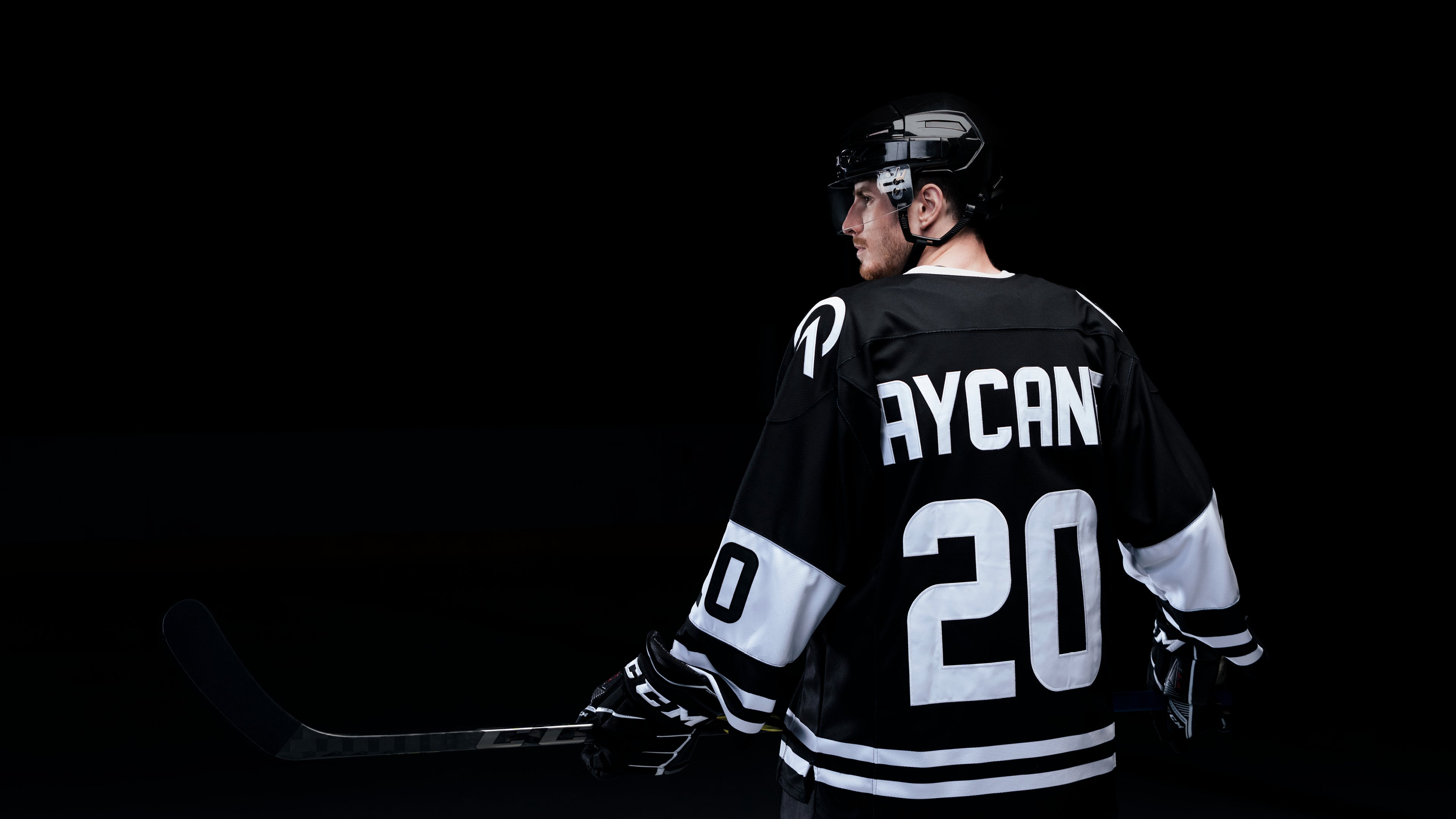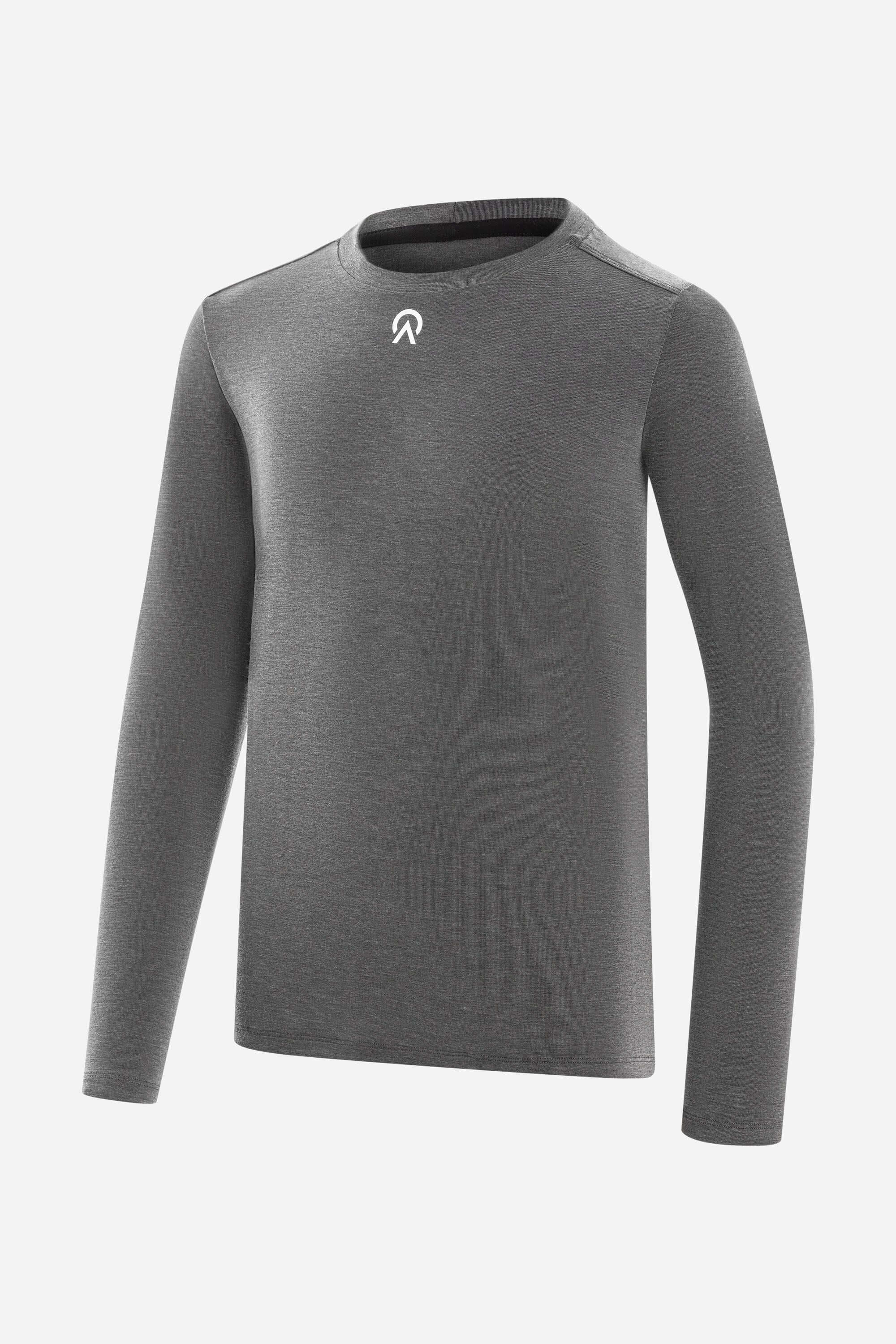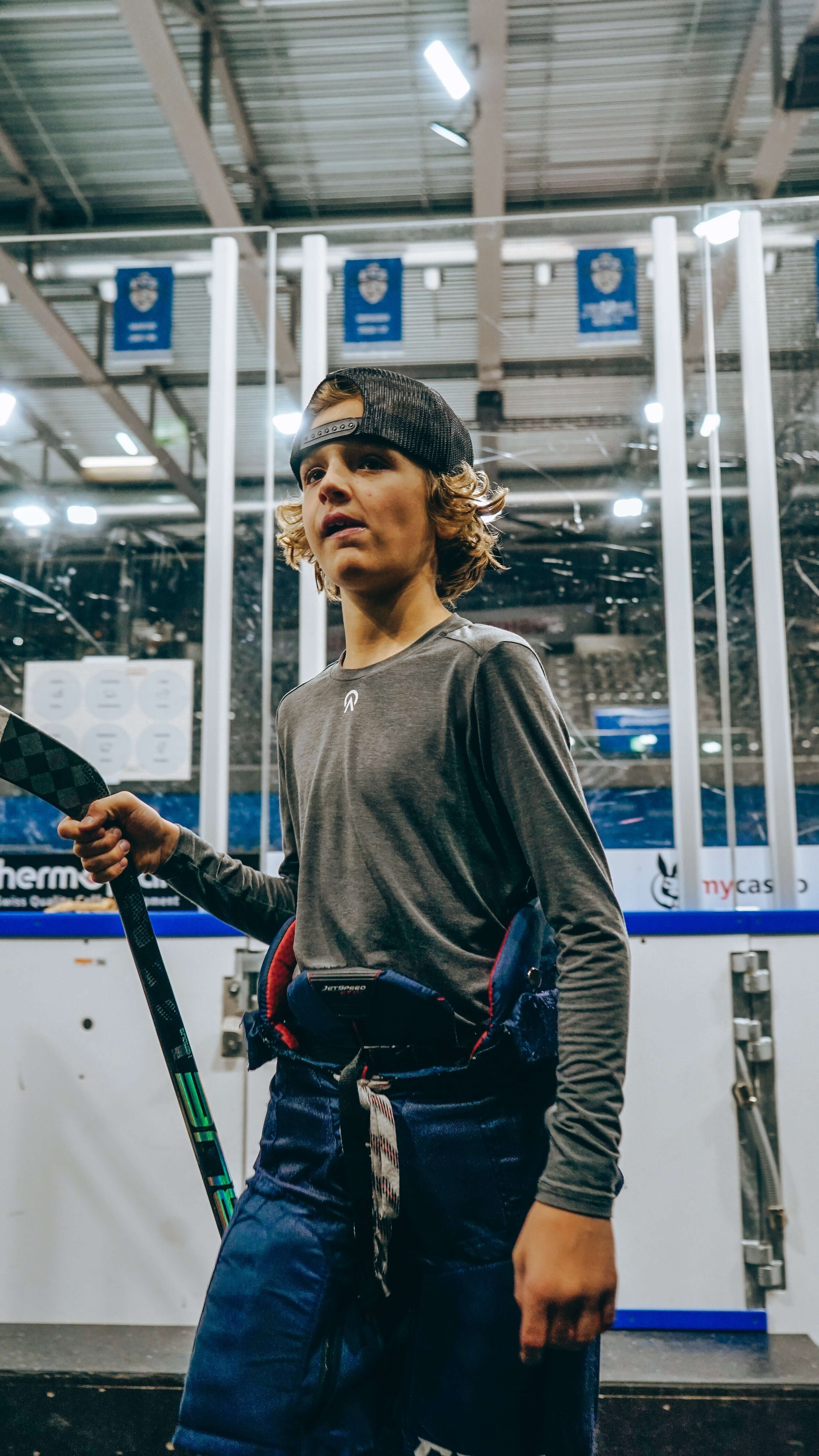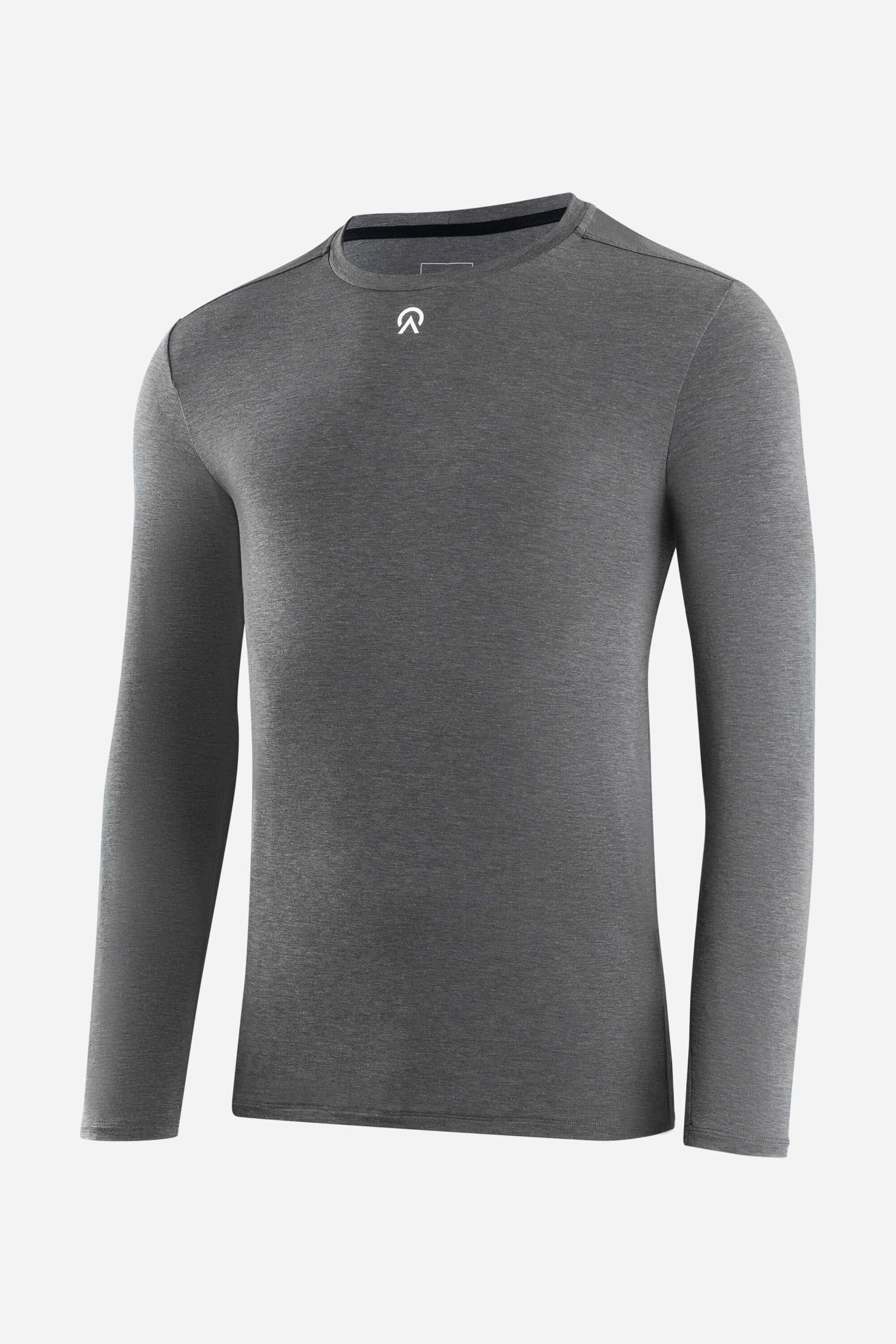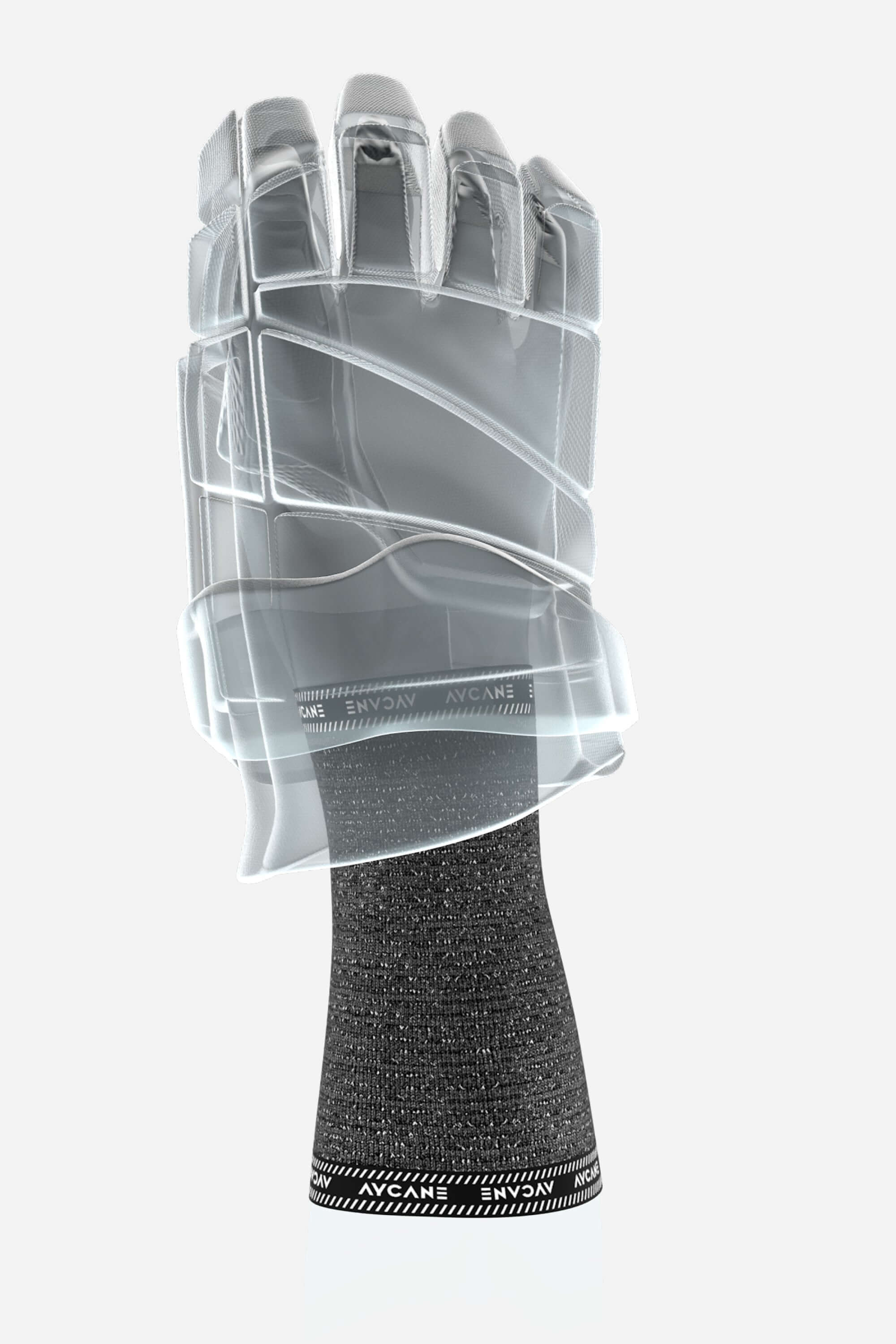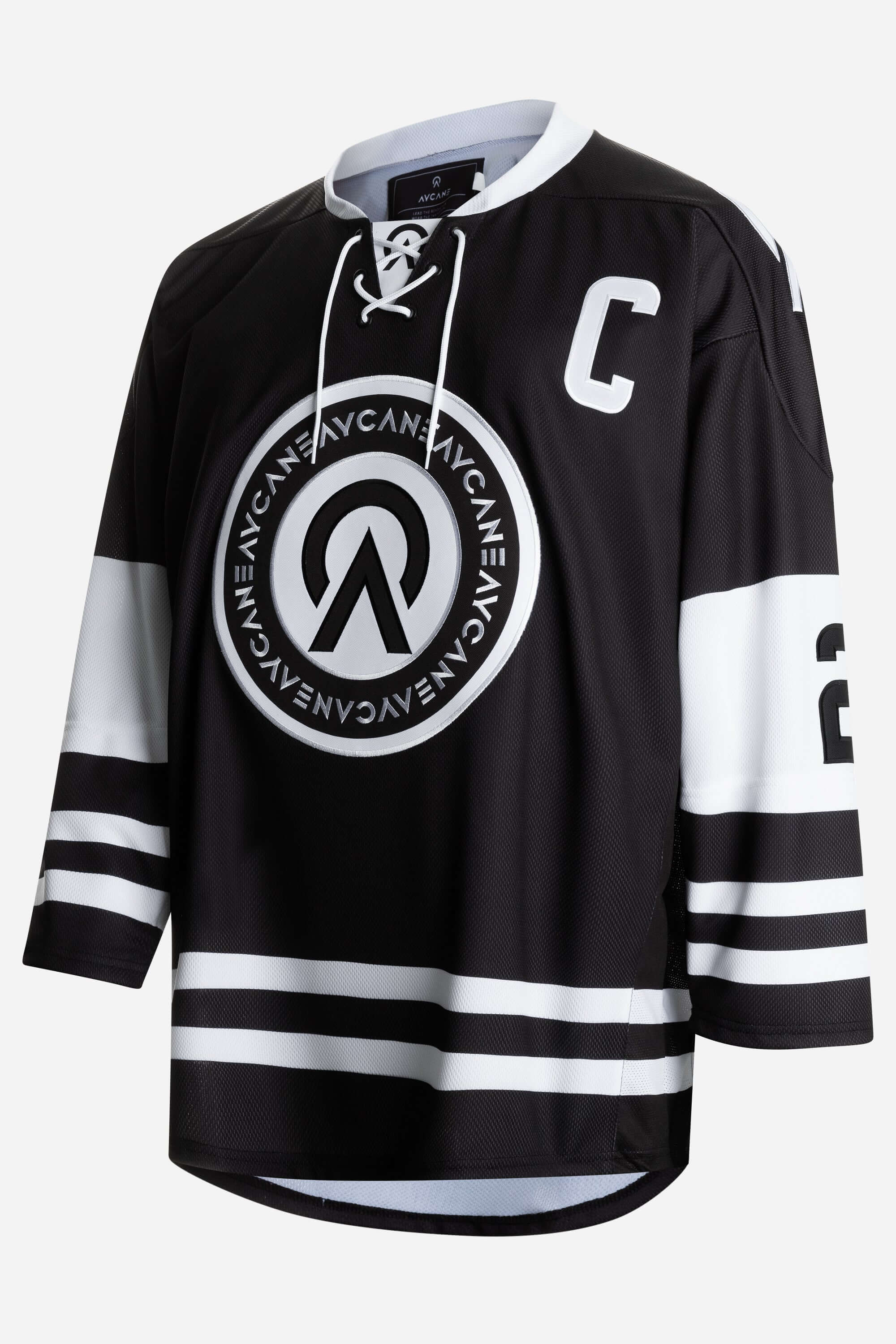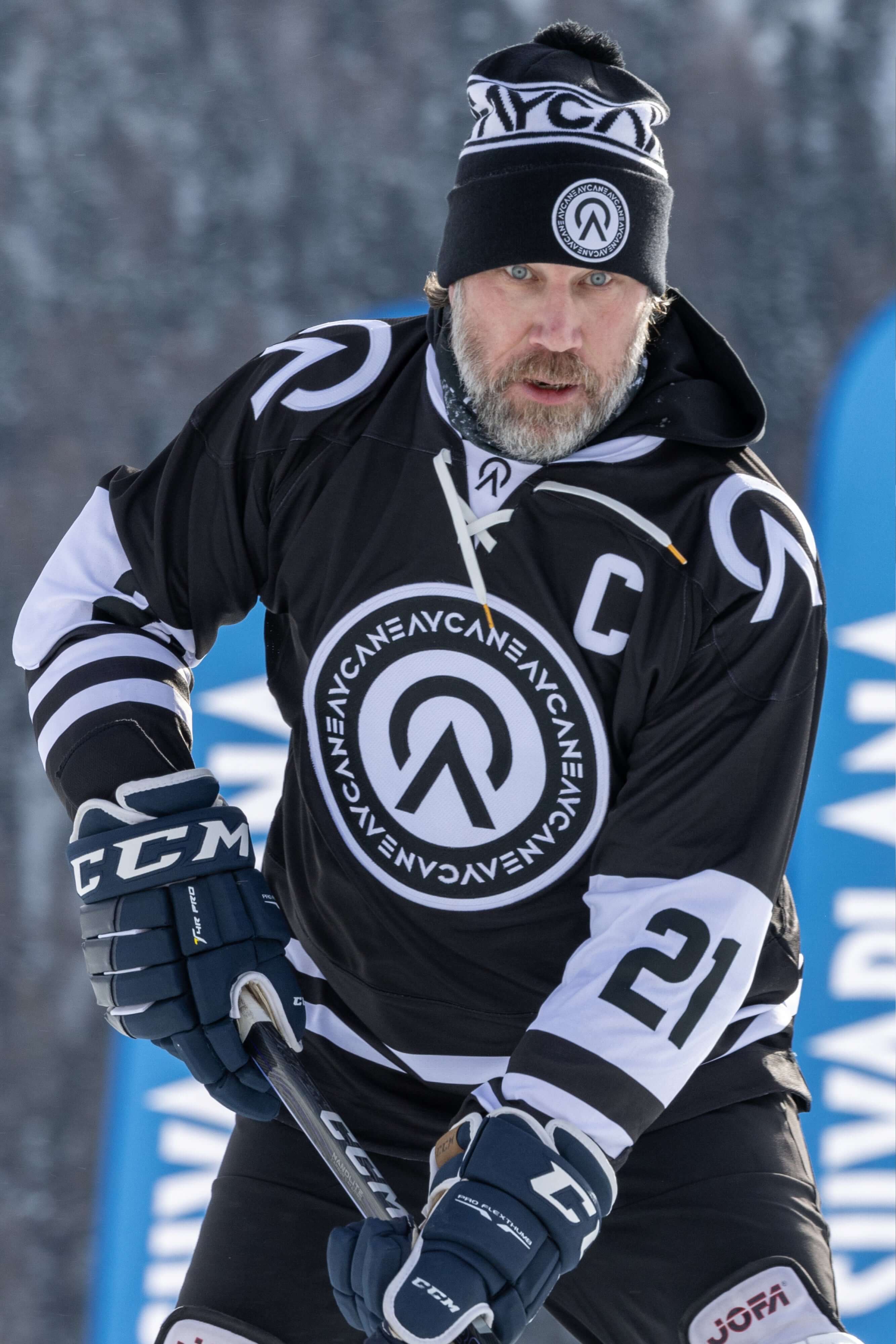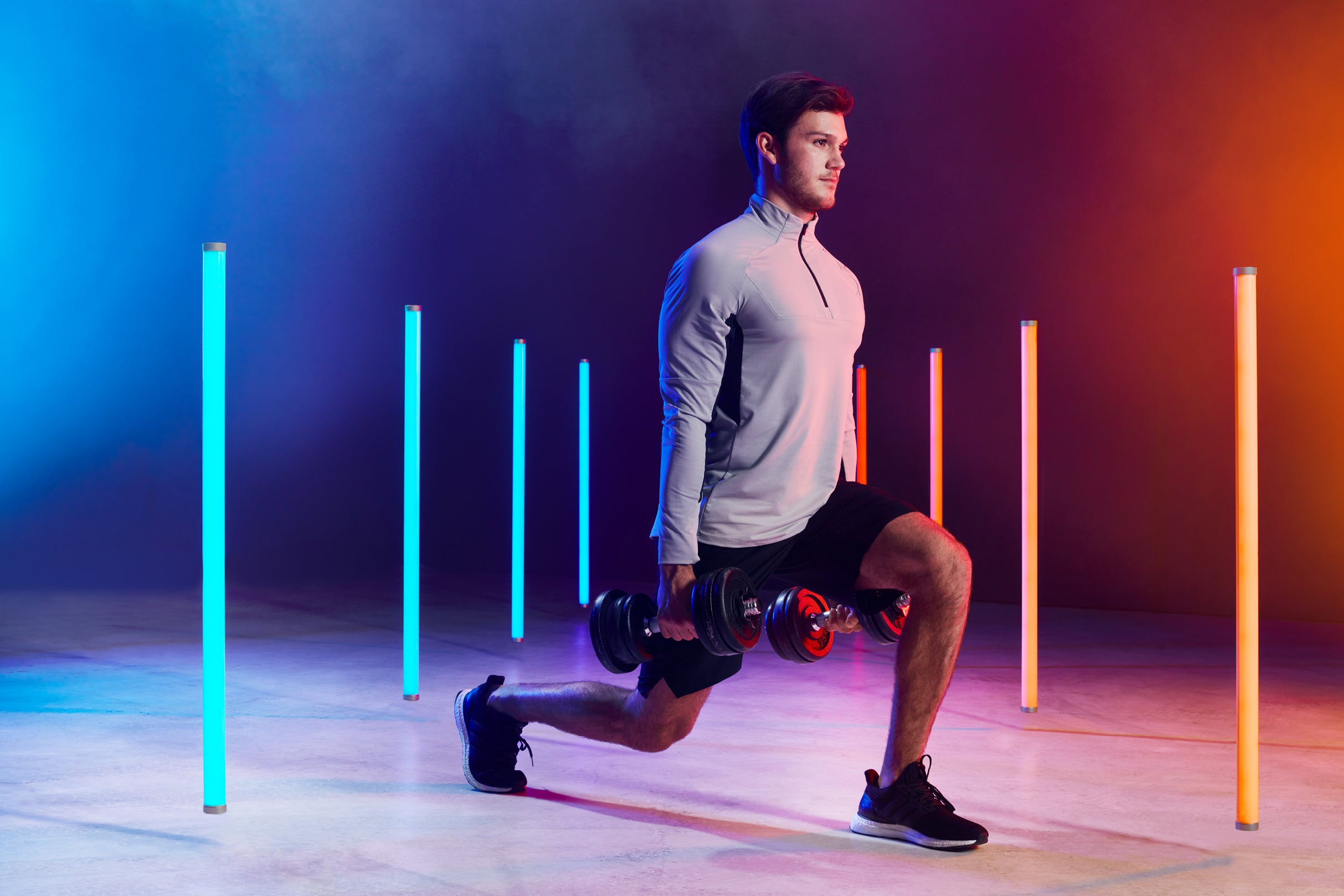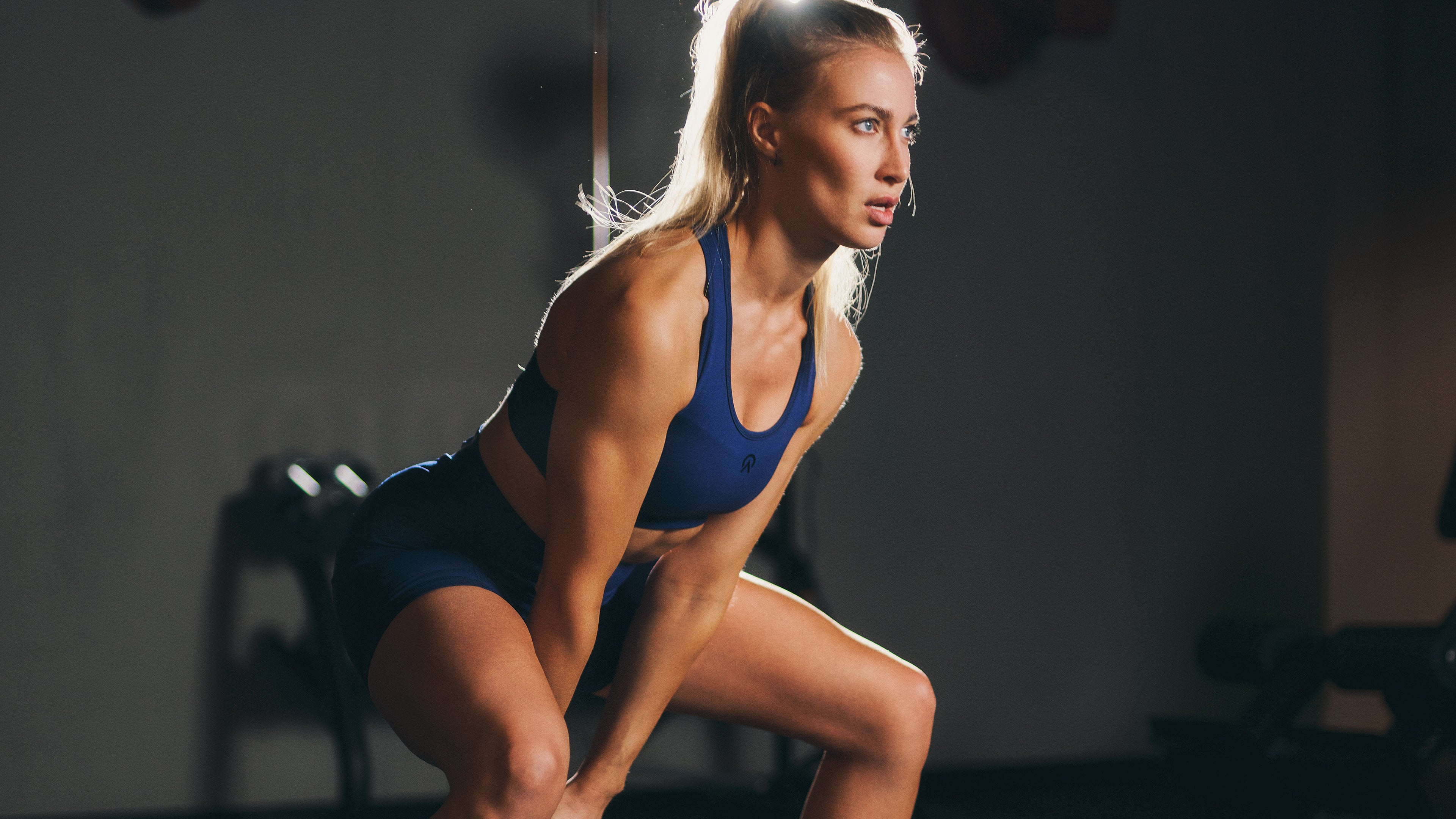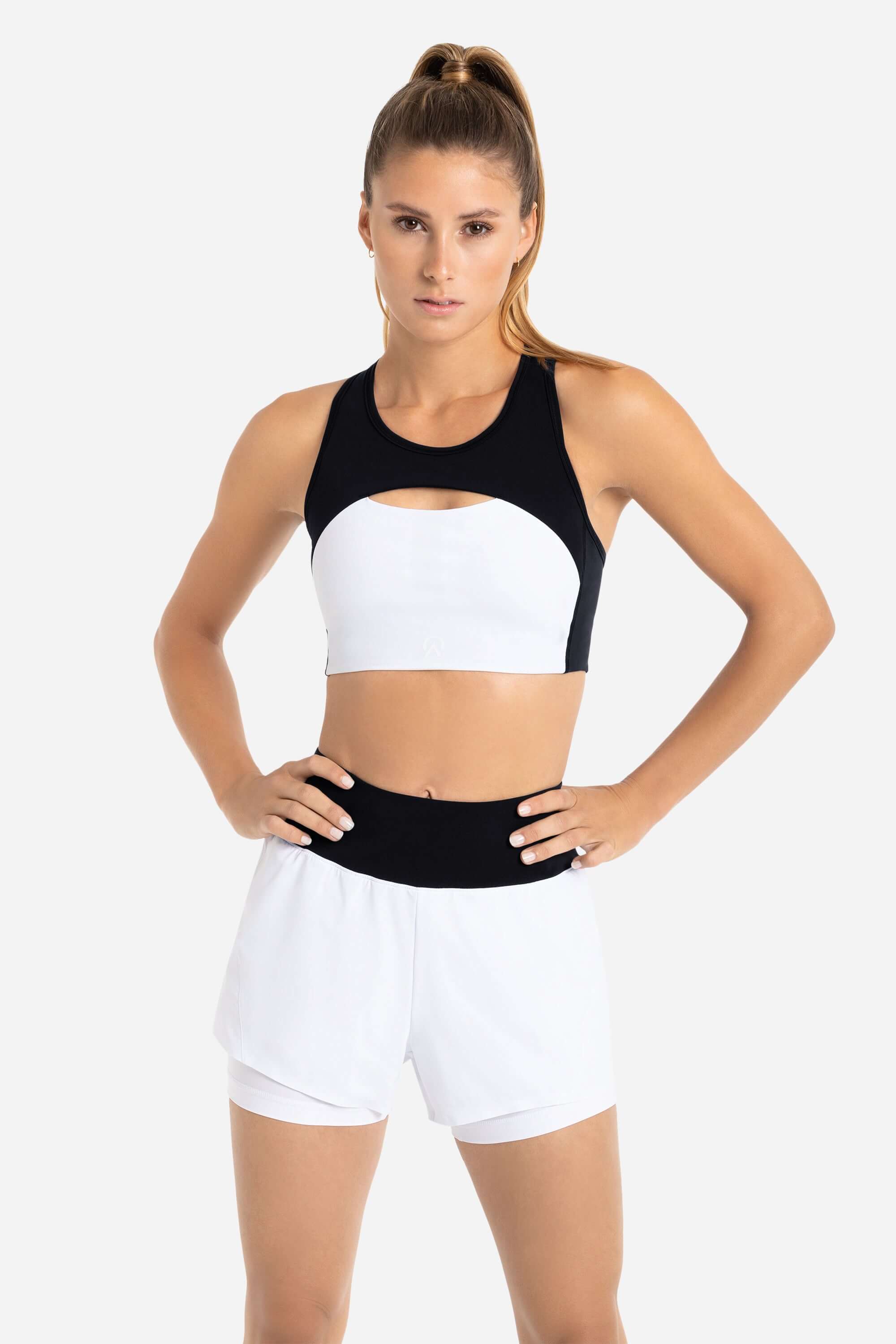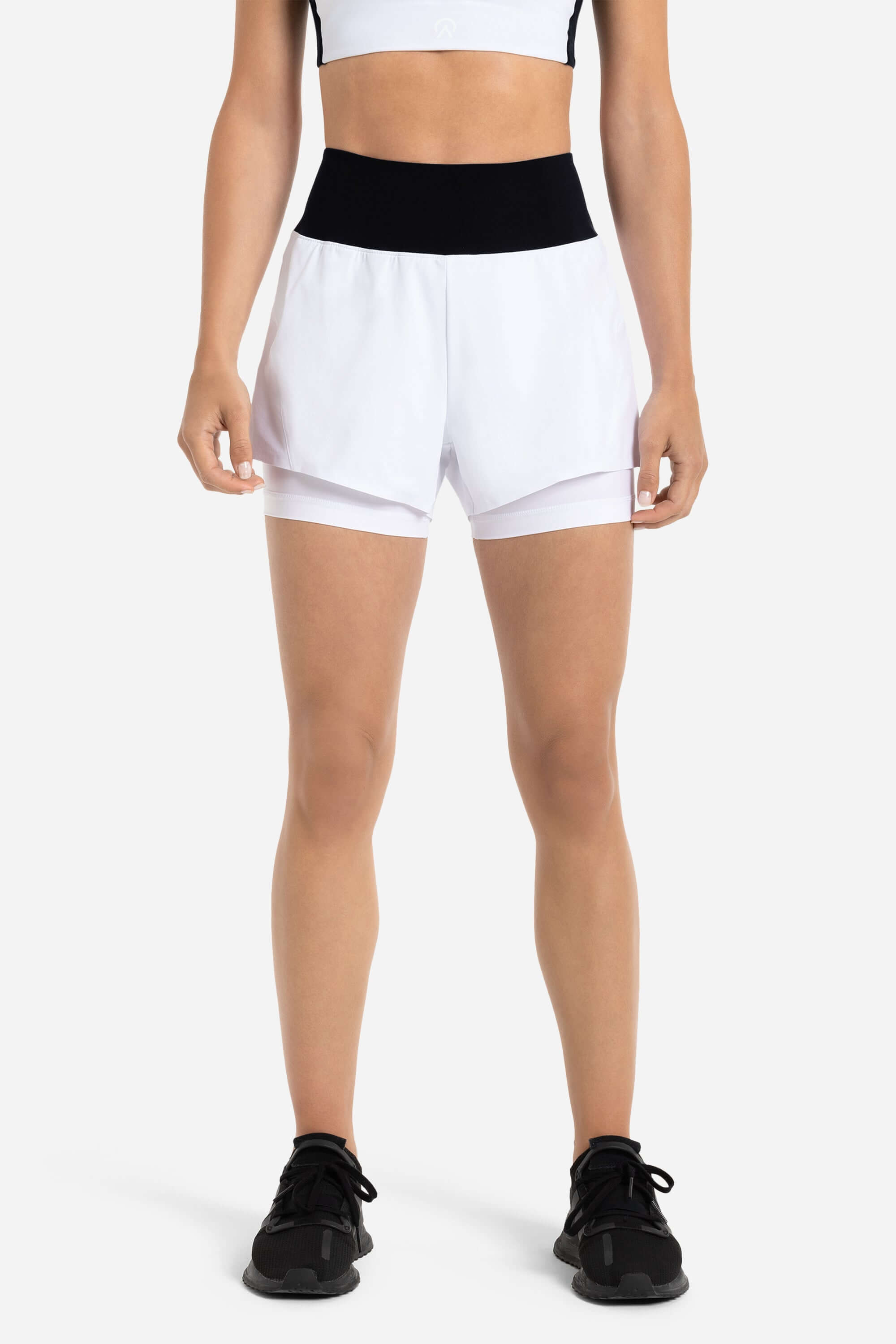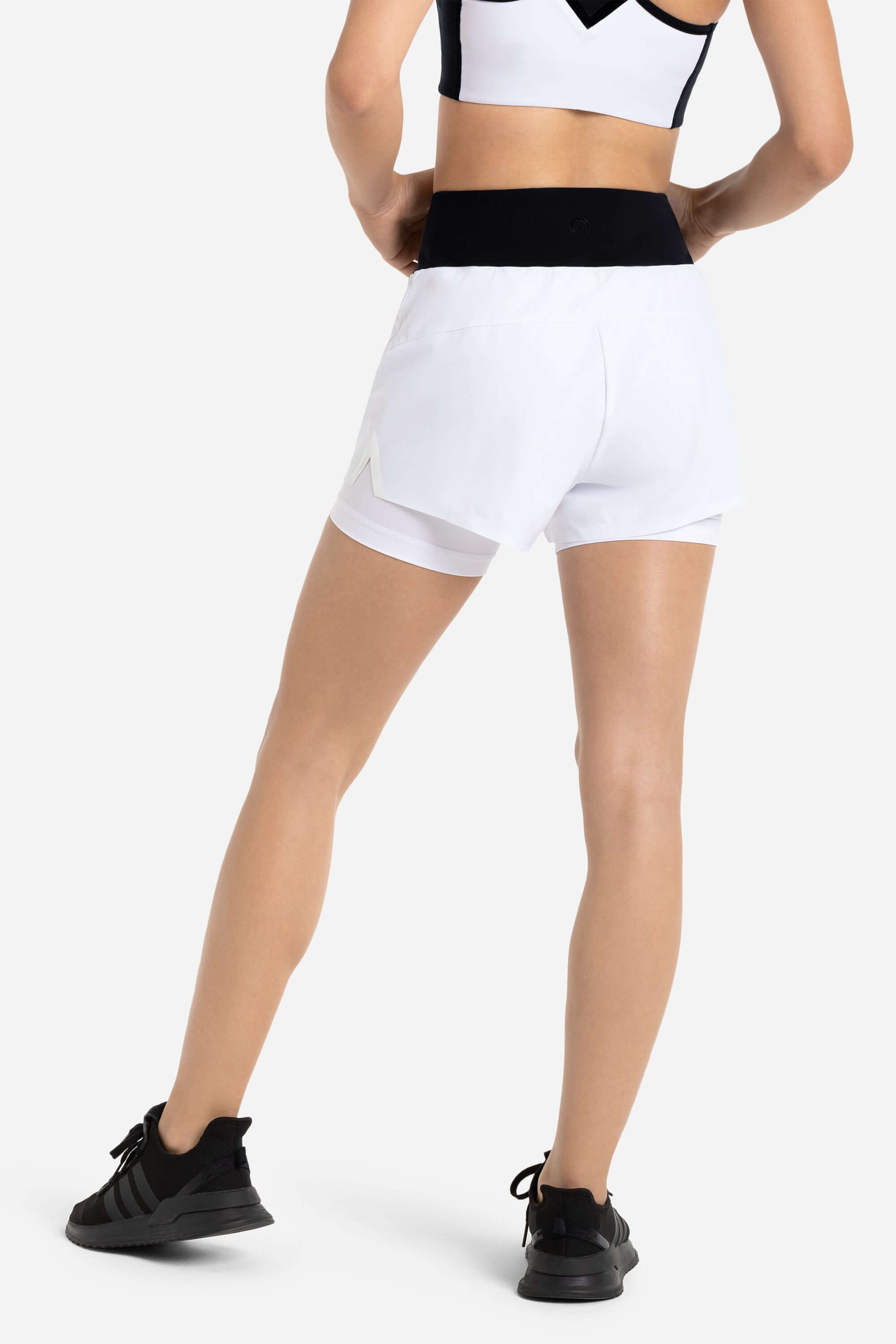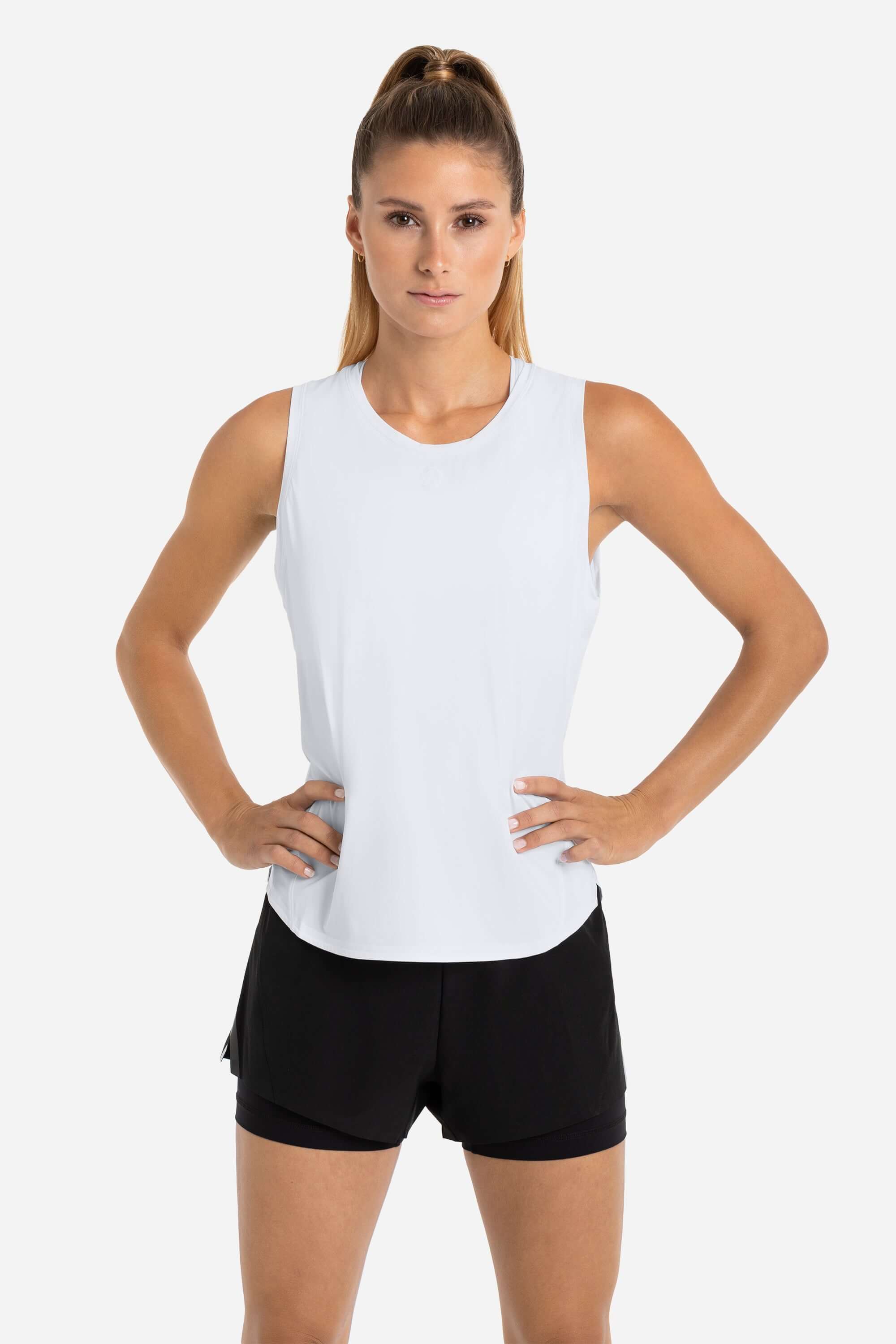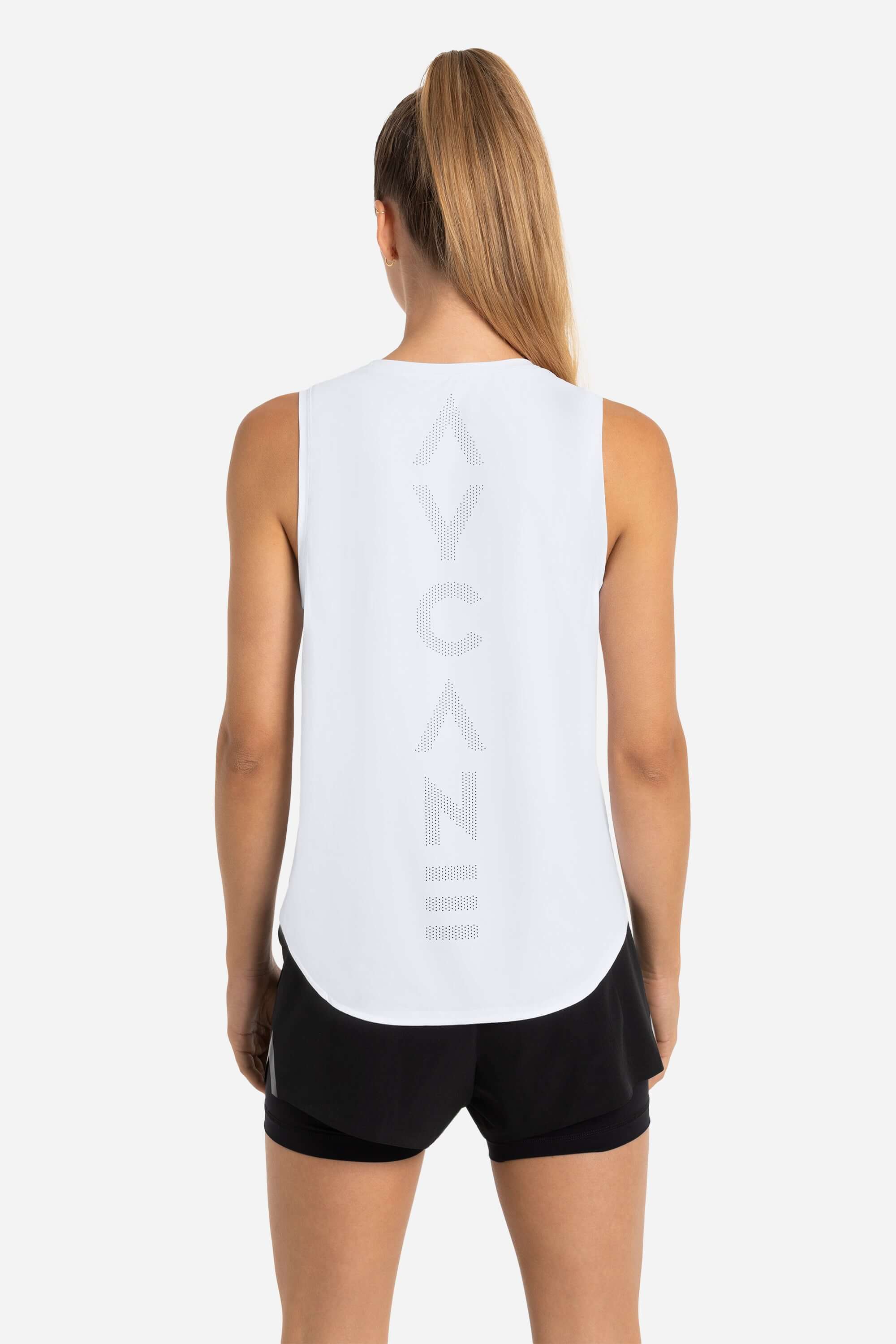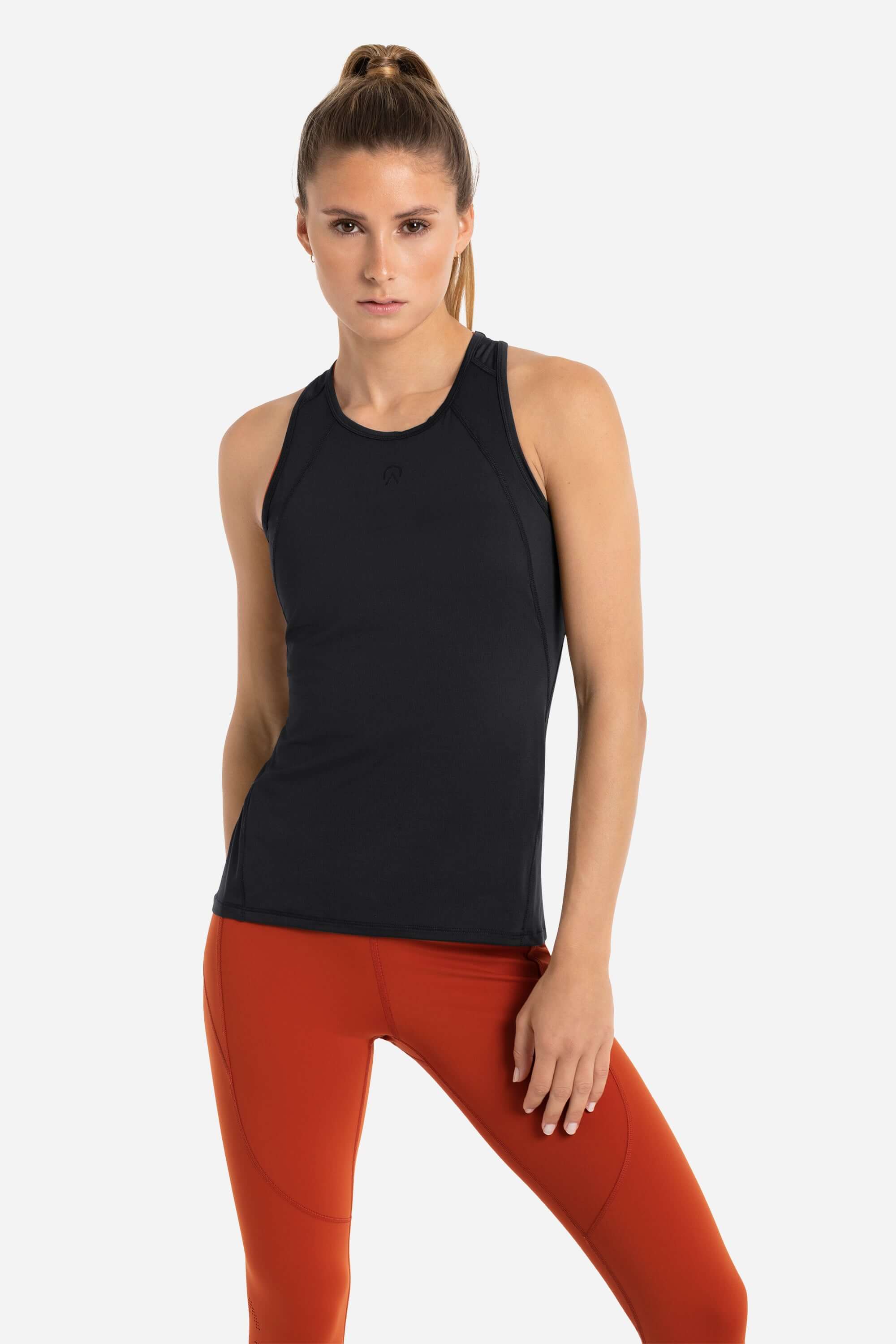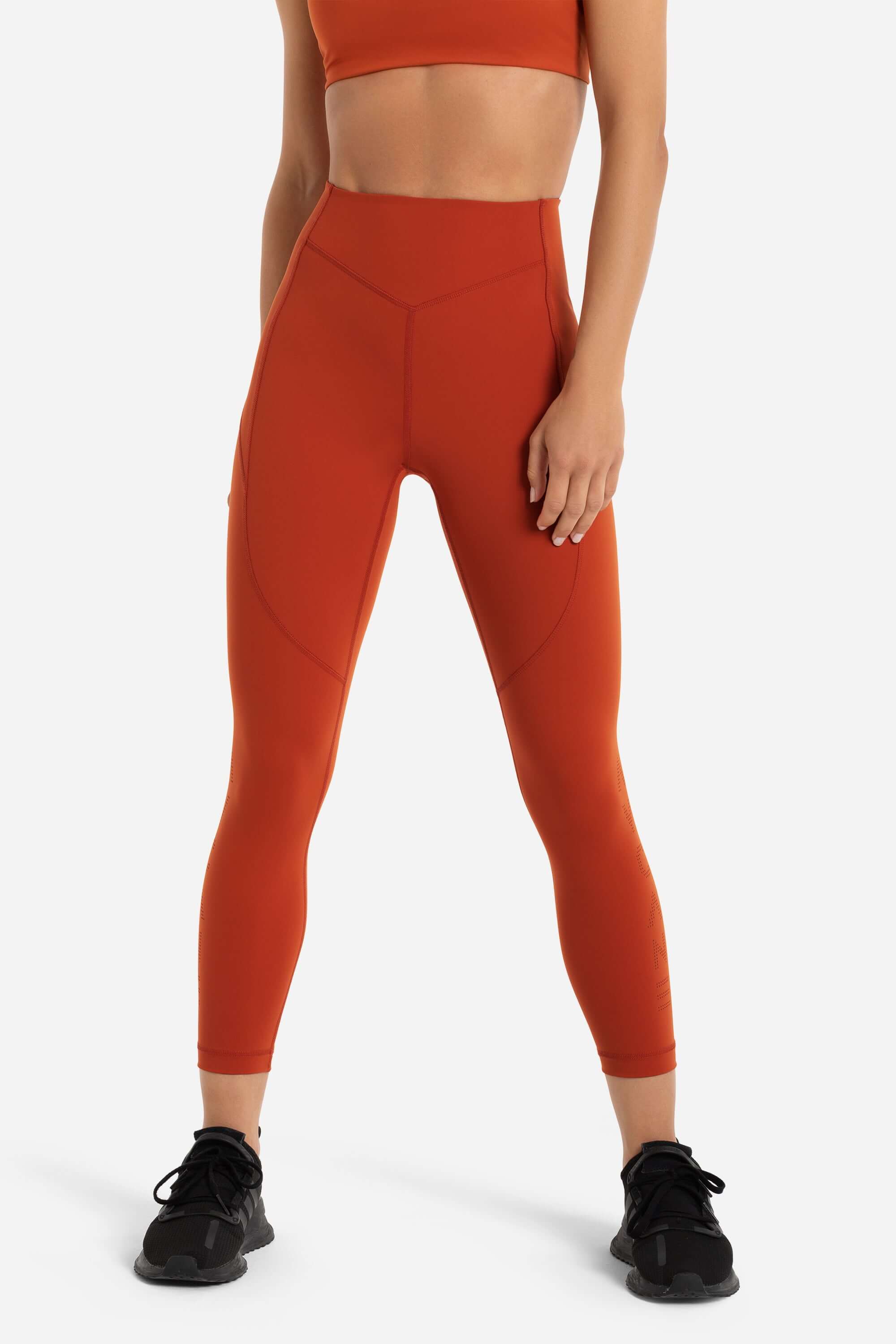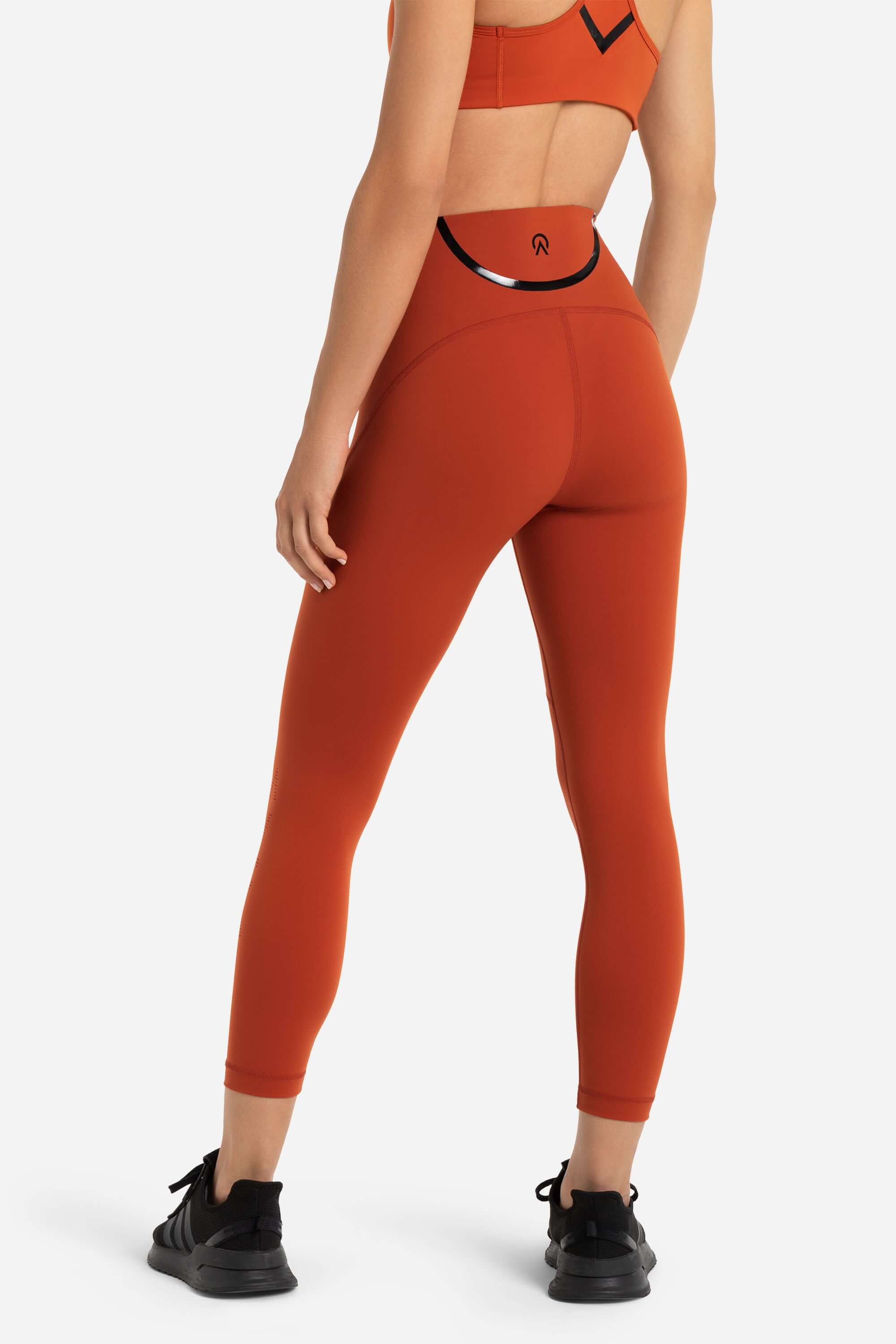Maximizing Your Performance: The Ultimate In-Season Hockey Training Program
While hockey season is a grind, athletes absolutely should continue a training program throughout the season. This helps players
1. Stay fit and strong
2. Help to avoid injury
3. Build strength and speed through the season
Rather than withering away and letting injuries take their toll, you can keep things progressing forward, sustainably. Work through an in-season program to see your off-season work be rewarded even further, and build yourself into a bigger, faster, stronger player through the year. Here's how.

In-Season Training Vs. Off-Season Training
Your in-season training program will differ from the off-season program because the primary focus is on maintenance instead of making significant gains.
Whatever you focused on in the off-season — building speed, getting stronger, developing a harder shot — the intense cardio loads of a long hockey season can cause you to slowly lose your gains. Your focus will be on on-ice training sessions, practice, and of course, high-intensity games.
The goals of your in-season training program will be:
-
Sustaining Strength: Maintain the strength you've built during the off-season.
-
Injury Prevention: Address muscle imbalances and prevent common hockey injuries.
-
Endurance: Keep your cardiovascular fitness at peak levels.
-
Recovery: Mend injuries with targeted rehabilitation exercises and avoid overtraining. Yes — adequate rest is absolutely a huge part of any training program.
Set Specific, Measurable Goals
Before you build your program, set specific, measurable goals for the season. Whether you want to improve your shooting accuracy, increase your speed, or achieve a certain number of points, having clear objectives will help maintain motivation and track progress.
Simply put: You’ll train harder and be more likely to stick to your program if you have clear objectives that you’re striving toward through the long hockey season.
Build out your goals, set measurable milestones, and then let’s get your program fired up!
Here’s a broad outline of what that in-season hockey training program might look like.
The Ultimate In-Season Hockey Training Program
Lower Body Strength
-
We’re big fans of squat variations — speed squats, dumbbell squats with a shoulder press, heavy goblet squats, sumo squats, pistol squats, bosu ball squats, etc.
-
Kettlebell swings
-
Power cleans
-
Romanian deadlifts
-
Curtsy lunges with weights
No secret here — hockey players need strong legs. Our butts and thighs are the nucleus of the hockey body and power us around the rink. Any variation of these exercises will help you maintain explosiveness, power, and flexibility in your legs and hips.
Upper Body Strength
-
Jammer press
-
Incline dumbbell press
-
Lat pulldowns
-
Rotational landmine press
-
Band pull-aparts
-
Pull-ups
-
Push-ups
-
Farmer’s carries
-
Rowing machine
Hockey players need a wide variety of push and pull movements to mimic the demands of a game. From slapshots to backhands, digging in the corners, fighting off checks, and battling for position in front of the net, a typical hockey game involves a lot of pushing, pulling, twisting, lifting, driving, and reaching. You need to maintain strength, particularly in your back and shoulders but grip strength is an underrated component.
Core
-
Medicine ball throws
-
Russian twists
-
Plank holds
-
Mountain climbers (especially wide)
While your core gets worked in every single exercise listed above, you can also target it specifically with a few exercises that help prepare you for all of the twisting and impacts of hockey.
Speed and Agility
-
Agility ladder drills
-
Cone drills
-
Sprints
-
Balance exercises like bosu ball squats and pistol squats
-
Banded speed skaters
-
Frog jumps
Enhance your agility, footwork, and speed through the season with off-ice drills in addition to your on-ice practice sessions. These drills emphasize short bursts and explosiveness to improve your acceleration and train your body for quick direction changes while improving your balance and stability.
Active Recovery
-
Light cardio like quick jogs, short hikes, and bike rides
-
Yoga or stretching for flexibility
-
Foam rolling for muscle recovery
-
Target muscle pain with a massage gun or lacrosse ball
-
Ice baths
-
Sleep!
Recovery is a vital component of your in-season training program. In fact, it’s the most important part. You’ll accumulate plenty of wear and tear through the season and must stay on top of your recovery to heal faster and keep your body in peak condition. There’s a reason you see hockey players on stationary bikes so often as it’s a perfect low-impact cardio exercise during the season. Yoga flows will keep you limber and strengthen your joints.
Ice baths hurt so good and really do work from a muscle recovery standpoint, and of course, we hockey players do love our naps, but also make sure you’re getting proper rest each night.
Don’t Forget Nutrition
We’ll do a separate post on in-season nutrition, but a healthy diet is absolutely essential to proper body maintenance during the season. To achieve peak performance, make sure you:
-
Eat balanced meals with a mix of protein, carbs, and healthy fats.
-
Hydrate appropriately before, during, and after games.
-
Consume healthy snacks like fruit, nuts, or low-sugar protein bars for energy.
-
Avoid excessive sugar and processed foods.
Powering You Through The Season
Of course, every training session is more comfortable, lightweight, and at peak performance in AYCANE workout apparel.
Want to perform your best? The maintain a consistent training program throughout the season. If you stay disciplined on your program and diet and keep working without burning yourself out, you’ll keep getting faster and stronger while giving yourself the best chance to avoid injury. Lace up your sneakers and hit the gym, then go dominate on the ice.

